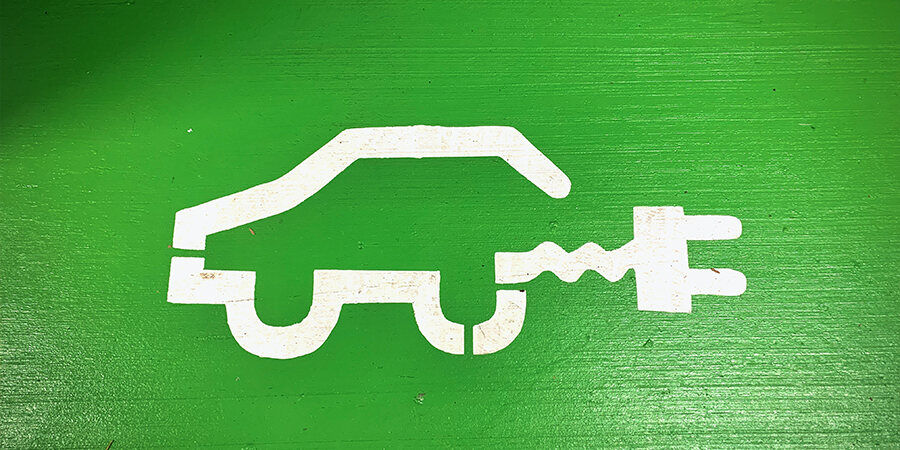- IEA PVPS report on PV and transport reflects on recent trends in PV-powered charging stations and their contribution to speeding up EV uptake
- PVCS could also provide additional services through V2G and V2H, increasing use of locally produced solar energy
- Report writers believe massive implementation of PVCS will require technical and sizing optimization of the system, including stationary storage and grid connection as well as change of the vehicle use and driver behavior

As electric vehicles (EV) are necessary for the world to bring down transport related carbon emissions, charging EV batteries from solar energy works in 2 ways—expanding solar energy use while increasing the environmental benefits of EVs, according to an IEA PVPS report.
The latest edition of IEA PVPS Task 17 report on PV and transport shows the potential of solar PV in transport with focus on recent trends in PV-powered charging stations (PVCS) and proposes ways to increase its acceptance to be able to realize it at a large scale. That’s also because growth of EVs further increases the demand for electricity, putting extra burden on the public grid which is an ‘impediment’ to their further market penetration. Use of PVCS can decrease this grid dependence for EVs.
Titled PV-Powered Electric Vehicle Charging Stations: Preliminary Requirements and Feasibility Conditions, it is the 1st technical report of the subtask 2 of Task 17, covering recent trends in PVCS for passenger cars including system architectures, preliminary requirements and feasibility conditions to increase their benefits.
PVCS could be in the form of car parking shares with panels installed on dedicated canopies, or in the form of rooftop solar; can be connected to the grid or off-grid/island mode as well. These can also provide additional services through vehicle-to-grid (V2G) and vehicle-to-home (V2H) thus increasing effective use of locally produced solar power.
Globally, EV sales increased 43% over 2019, and exceeded 10 million globally in 2020. With this growth, the number of charging points has also gone up, estimated to be close to 7.3 million at the end of 2019, up 38% YoY. The report notes most of the charging point increase was in the form of new private slow charging points.
From lack of understanding about slow charging versus fast charging stations, lack of proven models, necessary data, strategies about battery aging, to lack of tools, services and strategies to reach total V2G/V2H flexibility, the report points out challenges for effective implementation and use of PV-powered charging stations.
“Furthermore, the PV benefits are greatest when EV charging is operated daily rather than weekly, when the slow charging mode is used, and where parking time is known in advance in order to optimize the EV charging during the estimated parking time. A user interface is required to facilitate the interaction between the EV users and the charging station and to take into consideration the EV users’ preferences. The public grid can provide energy where required, and / or surplus PV production can be fed into the grid,” reads the report.
The writers recommend stationary storage for PV-powered infrastructures for EV charging in both grid and off-grid configurations, along with factoring in feasibility conditions to increase PV benefits.
About PVCS, the authors believe their massive implementation will require technical and sizing optimization of the system, including stationary storage and grid connection, as well as change of the vehicle use and driver behavior. Long parking time for EVs, short driving distance (around 45 km), and slow charging mode allow to maximize the PV benefits of PVCS, they add.
Next, subtask 2 will present global cost and carbon impact assessment methodology with the help of case studies among other factors.
In its August 2021 offering, IEA PVPS Task 17 report was titled State-of-the-Art and Expected Benefits of PV-Powered Vehicles 2021 that explored the world Pv-powered vehicles, and their expected benefits ).
Source from Taiyang News



